At 6 months of age, babies can receive complementary foods in addition to breast milk. Although breast milk is the most perfect nutrient, easily digested, easily absorbed by the baby, helps to strengthen the immune system of the baby, but when the baby is 6 months old, breast milk does not meet the growing needs of the child. If children do not eat complementary foods, they will grow slowly, stop growing, develop rickets, anemia, etc. So what are the weaning foods you need to supplement your baby?


1. Why do children need weaning?


✅ When babies grow to about 6 months of age because of the increased energy demand, they need weaning. From the age of 6 months, the energy from breast milk is only enough to provide about 450kcal / day, while this period, the baby needs about 700kcal / day. Therefore, weaning properly is necessary to make up for this gap of energy shortage. If not enough to eat, the child will be stunted and grow slowly. Moreover, during this period, the amount of iron reserves is no longer available, so the child will lack iron if only provided from breast milk, so weaning will be a sufficient supply of iron needed to make up that deficiency. If the child’s body does not have enough iron, they will have anemia.
✅ The time for conducting solids at about 6 months of age. Because before 4 months of age, young bodies do not have enough amylase enzymes to digest the starch. Therefore, if feeding your baby before 4 months, it is easy for your baby to get tired of breast milk, so it will suck less, leading to a shortage of essential and important nutrients from breast milk. This reduces the baby’s resistance, increasing the risk of malnutrition, and seriously affecting the development process. On the other hand, babies are susceptible to food allergies due to the digestive system when 4-month-old babies are still not complete, especially those with a sensitive geographical location. Therefore, babies are at high risk of diarrhea, digestive disorders because an immature digestive system is not enough yeast to handle starch and other complex foods. In contrast, if the baby is introduced late after 6 months of age, it is likely that the child will be difficult to gain weight, grow slowly. Because this time breast milk does not provide enough nutrients necessary for the baby to develop.
2. Top 7 weaning foods for kid
Parents can feed a variety of foods, especially foods that provide all the nutrients that the baby’s body needs. The essential nutrients in the weaning menu for 6-month-old babies include iron, calcium, vitamins A, C, D, and Omega-3 fatty acids.
2.1 Weaning foods: Kinds of cereal
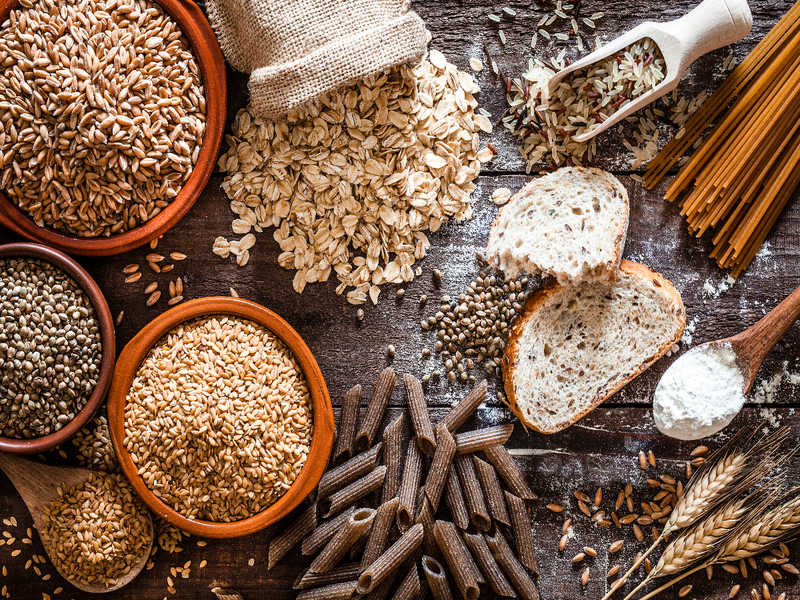

✅ Parents can feed their children lots of iron-rich cereals such as rice and barley products, including porridge, oatmeal, and wheat. Because iron is a very important nutrient for toddlers after 6 months of breastfeeding. Iron helps regenerate new blood cells and maintains a healthy immune system. For children to get the best iron from cereals, include mashed fruits and vegetables in their diet, especially those rich in vitamin C.
2.2 Weaning foods: Meat
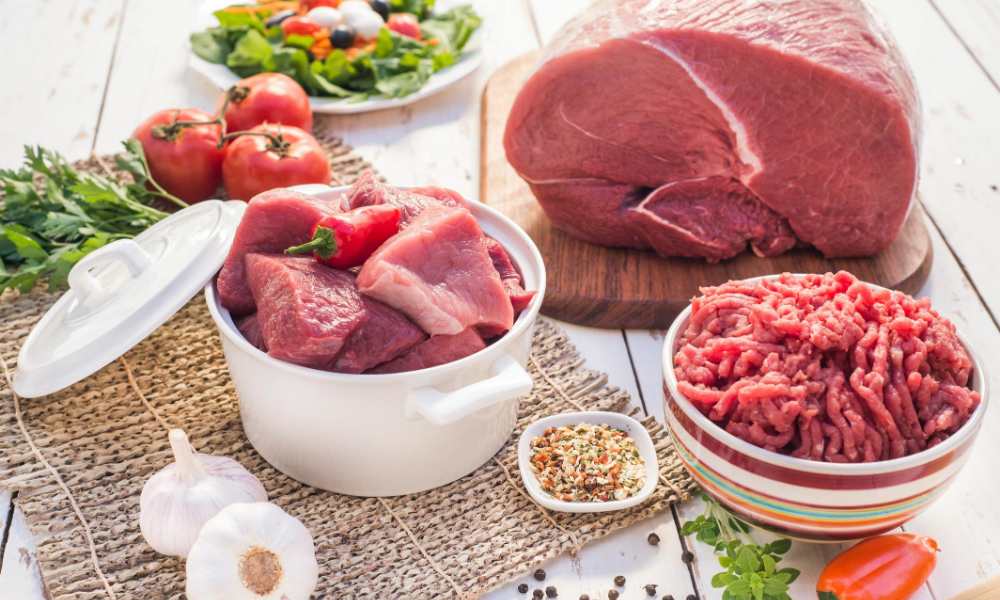

✅ You can puree meat or use gravy to cook with baby porridge. Meat provides a lot of protein and iron. For more than 6 months, children can get acquainted with foods from meat: pork, beef, chicken. Meat can be combined with eggs, potatoes, and tofu …
2.3 Weaning foods: Fish
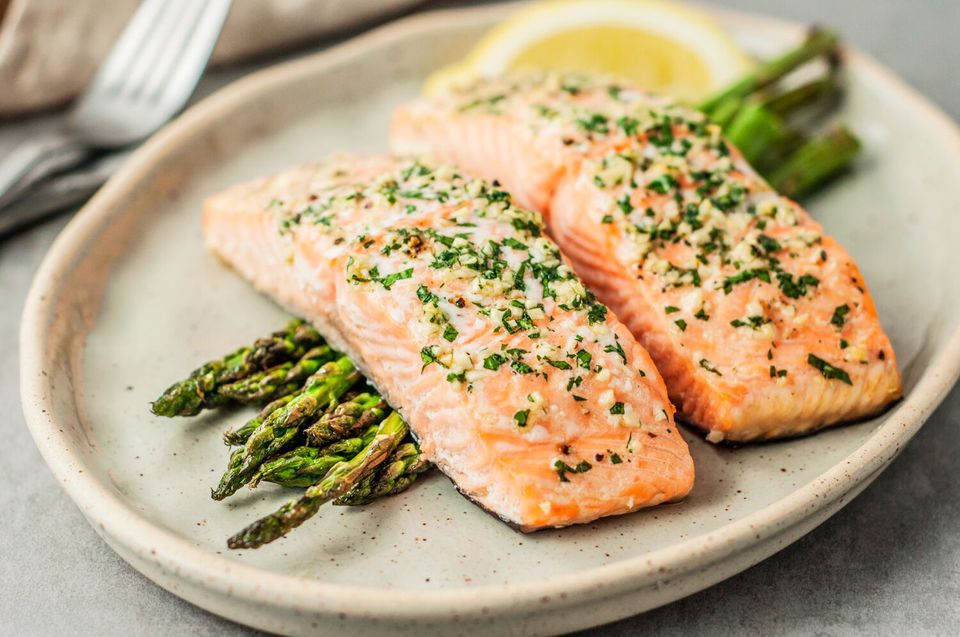

✅ Fish is a rich source of protein and omega-3s. Omega3 in fish is an essential nutrient in brain development, nerves, and vision. The most nutritious and suitable fish for children are salmon, mackerel, and tuna.
2.4 Weaning foods: Egg


✅ Eggs are easy to eat and absorb food in children. Eggs provide vitamin A, vitamin B, and iron and contain protein. Egg yolks are also packed with nutrients like carotenes, vitamins A, E, D, and K. Studies show that Choline in eggs plays an important role in brain development, memory and is good for the heart. Cholesterol in eggs is important for maturity because it is also a component in the structure of cells in the body, especially nerve cells.
2.5 Weaning foods: Milk and yogurt
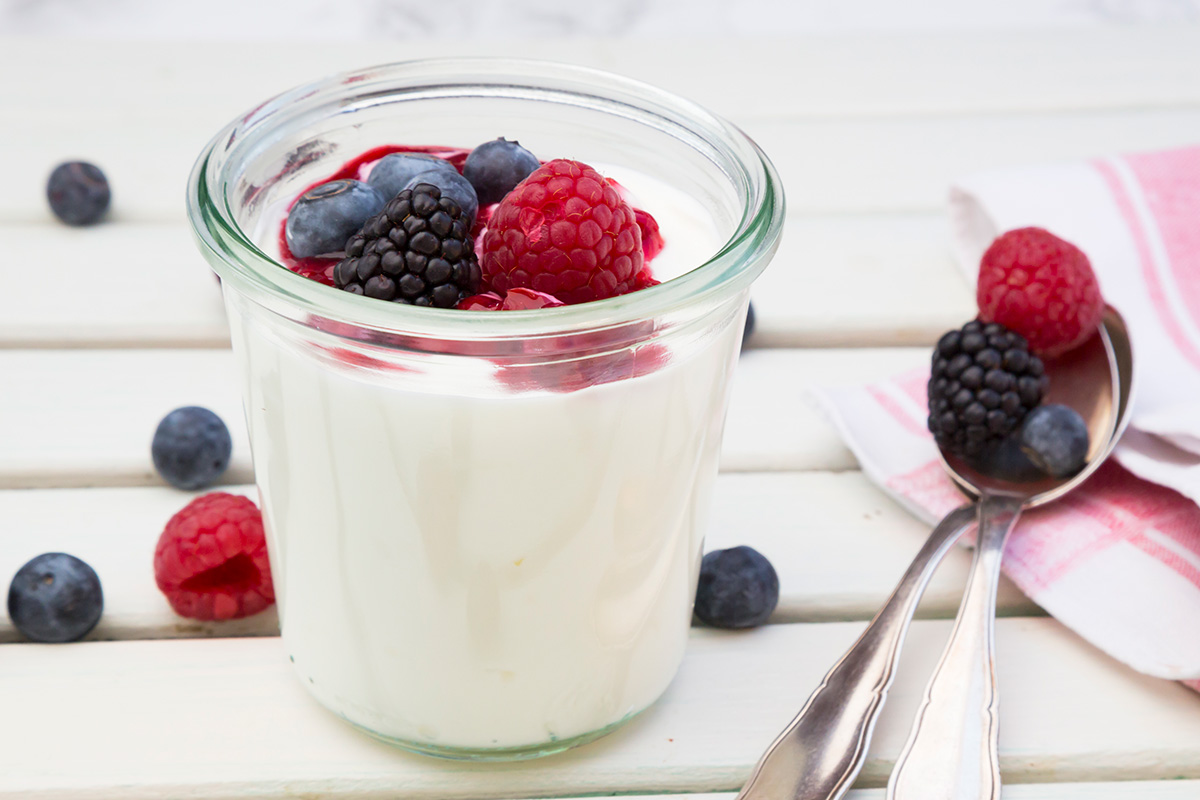

✅ 6-month-old babies need to continue breastfeeding because breast milk is still the most important source of nutrition for babies at this stage because this is the necessary source of calcium for babies in the first 2 years. Calcium helps in the formation and development of bones and teeth. In case the mother does not have enough milk, the baby can use more formula milk.
✅ Yogurt helps children easily digest, especially good for children who do not absorb lactose. In addition to providing calcium and protein, yogurt also has probiotics, beneficial bacteria that help digest and enhance immunity.
2.6 Weaning foods: Green vegetables
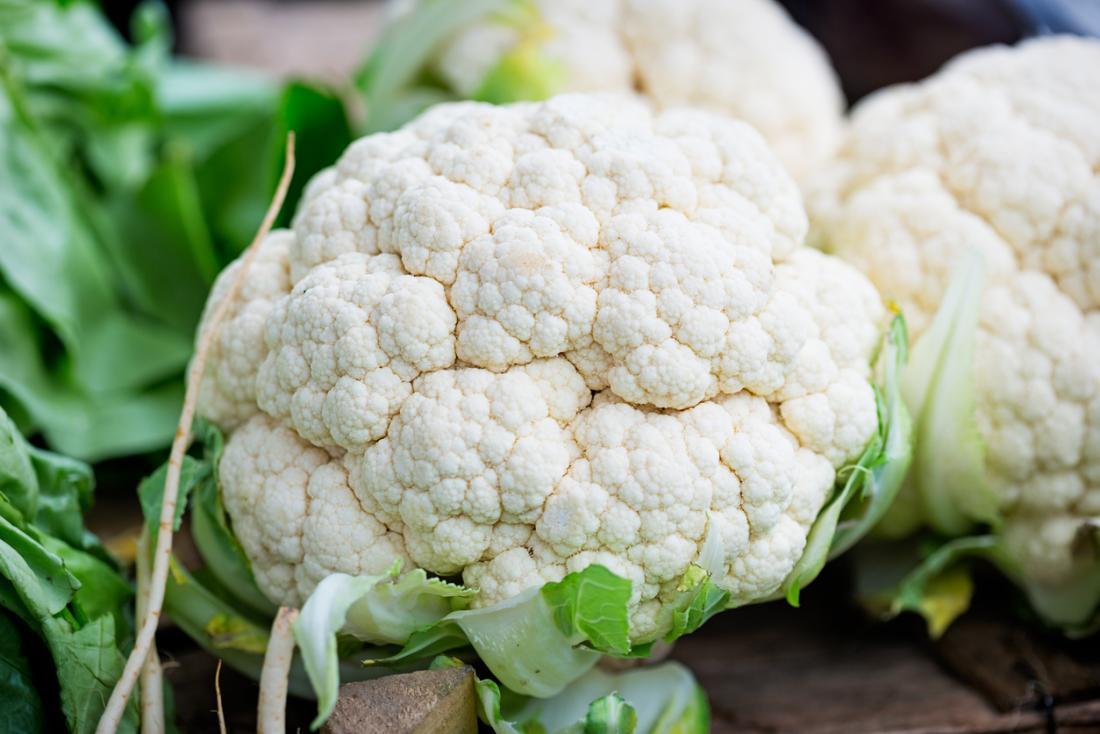

✅ Dark green vegetables such as spinach, cauliflower, etc. are other sources of vitamins and minerals such as vitamins A, B, C, E, K, folate, calcium, iron, and zinc. During weaning, these substances are important for the development of children, especially the areas of the brain, bones, and muscles. The antioxidants found in dark green vegetables also have an immune-boosting effect. It is also high in fiber, which helps digestion well and prevents constipation. You should choose proper processing to limit vitamin loss.
2.7 Weaning foods: Fruit
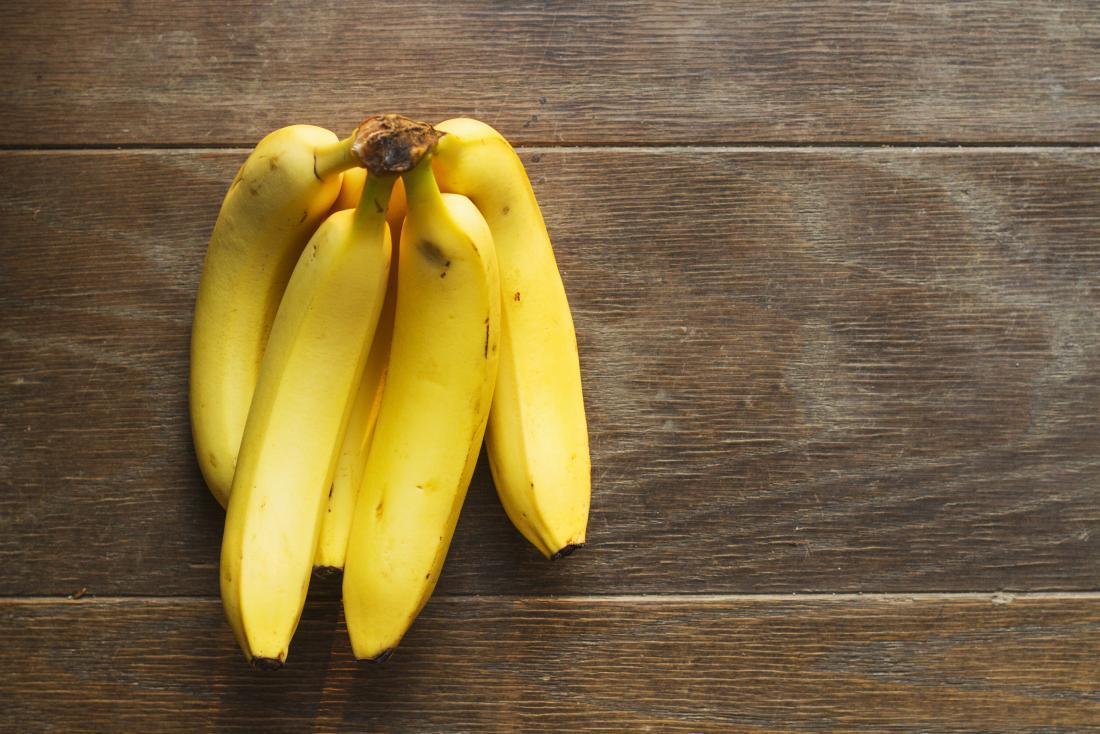

✅Parents can try some soft fruits like bananas, tangerines or apples, pears to supplement vitamins and minerals for children.
3. Some note for you
- Combine a variety of foods, change the menu regularly to ensure an adequate supply of nutrients for the baby, and help them not be bored because they have to eat food long days.
- Use clean, non-contaminated, and expired foods when preparing weaning foods for children.
- Feed your baby slowly, little to little.
- Check your baby’s allergy and digestive risk when trying new foods.
- Just feeding 2 meals/day, combined with breastfeeding or formula feeding is enough to meet the needs of the child.
- Do not let children eat too much fish and meat at the same time.
4. Recommended for you :
🎁 Gill Rapley | Baby-led weaning


✅ Gill Rapley is the pioneering champion of baby-led weaning. She has studied infant feeding and child development for many years, gaining a Masters’s degree in 2005 and a Ph.D. in 2015. She worked as a health visitor (public health nurse) for more than 20 years and has also been a midwife, lactation consultant, and breastfeeding counselor.
✅ Baby-led weaning is a method of weaning that allows the baby to make decisions, thus requiring parents to respect their decisions. Babies aged 6 months and older can follow this method, in principle milk is still the main source of nutrition in the first year of life. Baby-led weaning helps children enjoy the meal actively. This method is not new, it is quite common in many European and American countries. Baby-led weaning will help your baby eat comfortably, independently, and practice feeding skills, namely:
- Allow your child to explore the taste and fineness of food.
- Encourage independence and confidence.
- Help your child develop chewing skills.
- Make your baby’s meals less stressful.

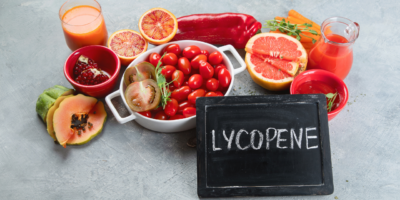
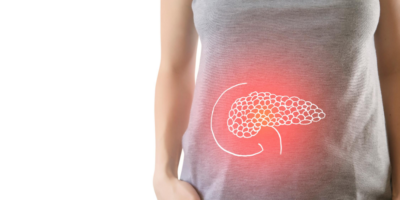
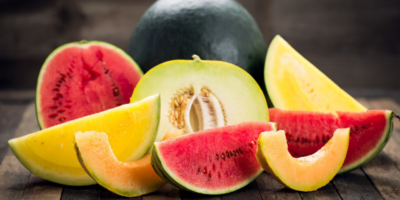


Leave a Reply